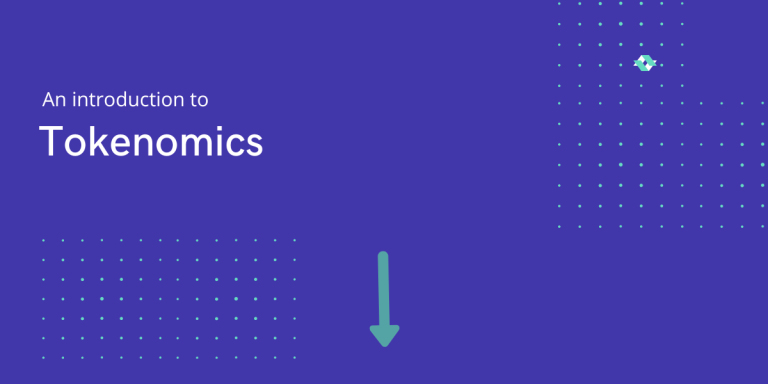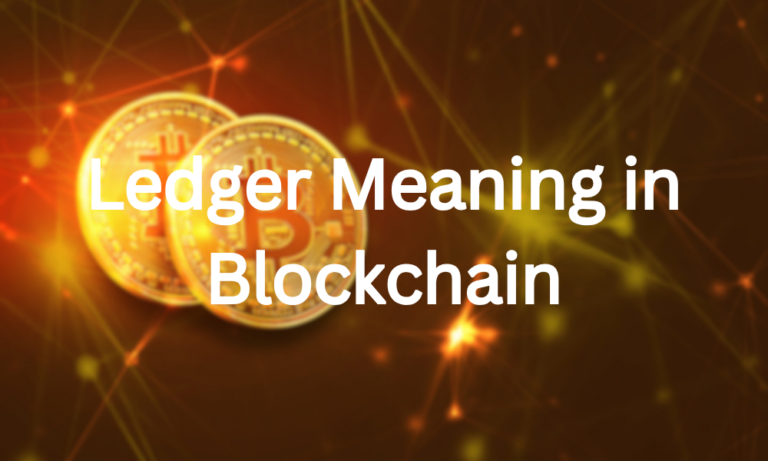Tokenomics is a relatively new field that has seen rapid growth in the last few years. It is important for blockchain startups to understand tokenomics because it will help them create more sustainable business models and enable them to better predict what their token’s value will be in the future.
In this guide, we will take a closer look at what tokenomics is and how it works. We will also cover some of the most important aspects that you need to be aware of when assessing a project’s tokenomics.
What is Tokenomics?
Tokenomics is the economic study of digital assets and cryptocurrencies. It is a branch of cryptoeconomics and focuses on the analysis of token distribution, reward systems, and economic incentives. Tokenomics plays an important role in the development and governance of blockchain protocols and networks.
Cryptoeconomics is the study of how economic incentives influence behavior in decentralized digital economies. It combines game theory, cryptography, computer science, and economics to analyze decentralized platforms such as Bitcoin and Ethereum.
What are the Different Types of Token Models?
Let’s look at the different types of token models. Token models are important because they determine how a project or company will raise funds and how investors will be able to access the services or products offered by the project or company.
There are four different types of token models:
- The ICO model
- The Token Sale model
- The Token Swap model
- The Airdrop model
ICO Model
The ICO model is a type of token model where tokens are sold in order to raise funds for a project or company. This type of model is often used by startups or companies that are looking to raise capital. In an ICO, investors can purchase tokens with fiat currency or cryptocurrency. The funds raised in an ICO can be used to finance the project or company, and the tokens can be used to access the services or products offered by the project or company.
Token Sale Model
The token sale model is a type of token model where tokens are sold in order to raise funds for a project or company. This type of model is often used by startups or companies that are looking to raise capital. In a token sale, investors can purchase tokens with fiat currency or cryptocurrency. The funds raised in a token sale can be used to finance the project or company, and the tokens can be used to access the services or products offered by the project or company.
Token Swap Model
The token swap model is a type of token model where tokens are exchanged for other assets, such as fiat currency or cryptocurrency. This type of model is often used by investors who are looking to trade their tokens for other assets. In a token swap, investors can exchange their tokens for assets such as fiat currency or cryptocurrency. The assets exchanged in a token swap can be used to finance the project or company, and the tokens can be used to access the services or products offered by the project or company.
Airdrop Model
The airdrop model is a type of token model where tokens are given away for free. This type of model is often used by projects or companies that want to increase the number of users or holders of their tokens. In an airdrop, investors can receive tokens for free. The tokens received in an airdrop can be used to access the services or products offered by the project or company.
What are the Benefits of a Good Token Design?
When designing a token, there are many factors that need to be taken into consideration. Some of these factors are the security of the token, the usability of the token, and what it’s intended use is.
A well-designed token can have a number of benefits, including:
- Improved security: A well-designed token can help to improve the security of a system by making it more difficult for attackers to guess or brute force the secret value.
- Improved usability: A well-designed token can be easier for users to input and remember, making it more likely that they will use it correctly.
- Increased adoption: A well-designed token can make a system more attractive to users, leading to increased adoption.
- Reduced costs: A well-designed token can reduce the costs associated with issuing and managing tokens, such as printing and distribution costs.
How to Avoid Bad Token Design Choices?
The design of a token is absolutely critical to the success of any blockchain project. A bad token design can doom a project from the start, while a well-designed token can lay the foundation for a successful and long-lasting project.
Here are some tips on how to avoid bad token design choices:
1. Don’t copy other projects blindly.
Just because another project did something doesn’t mean it’s the right thing for your project. Do your own research and think carefully about what will work best for your specific use case.
2. Make sure your token has a clear purpose.
Your token should have a clearly defined purpose within your ecosystem. If it doesn’t, it’s likely that it won’t be used or adopted by users and will become worthless over time.
3. Don’t create too many tokens.
Creating too many tokens can lead to token inflation and devaluation. Only create as many tokens as you need to meet your project’s goals.
Start leveraging blockchain tokenomics
The token economy is not just a way to raise capital for the blockchain startups, but also a way to incentivize and reward stakeholders in the network. The tokens are used as a transactional medium for exchange of value between participants.
In this article, we explored what tokenomics is and why it’s important in blockchain startups. We also looked at some of the ways that tokens are used in various blockchain models. Finally, we examined some of the key considerations when designing tokenomics models for new blockchain companies.





